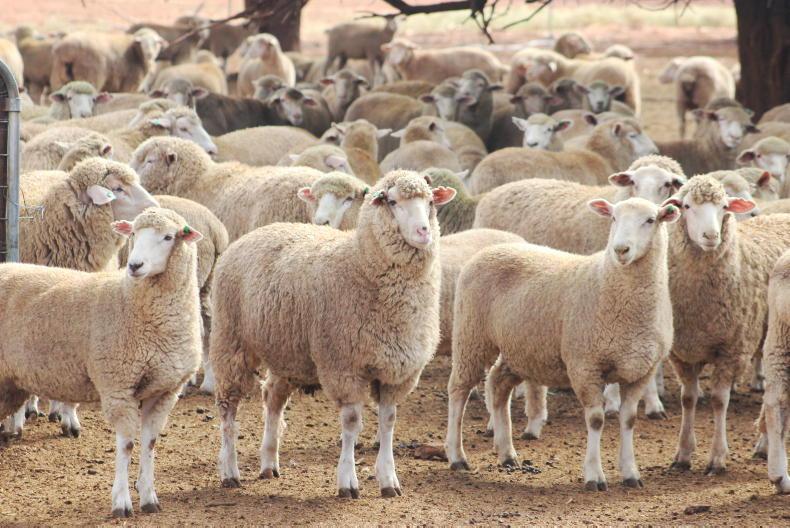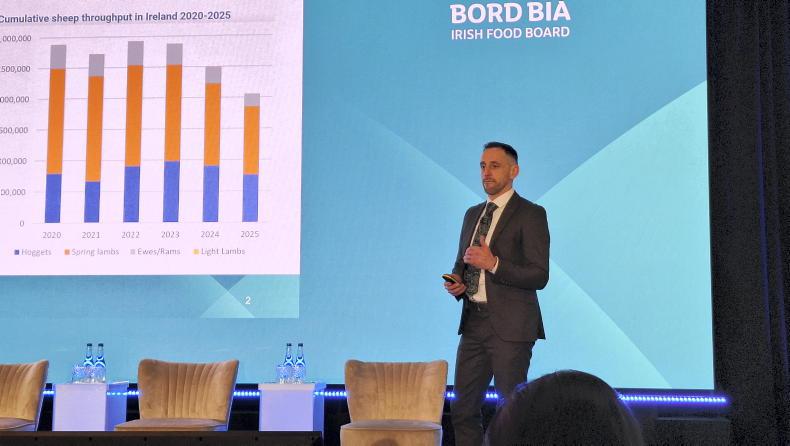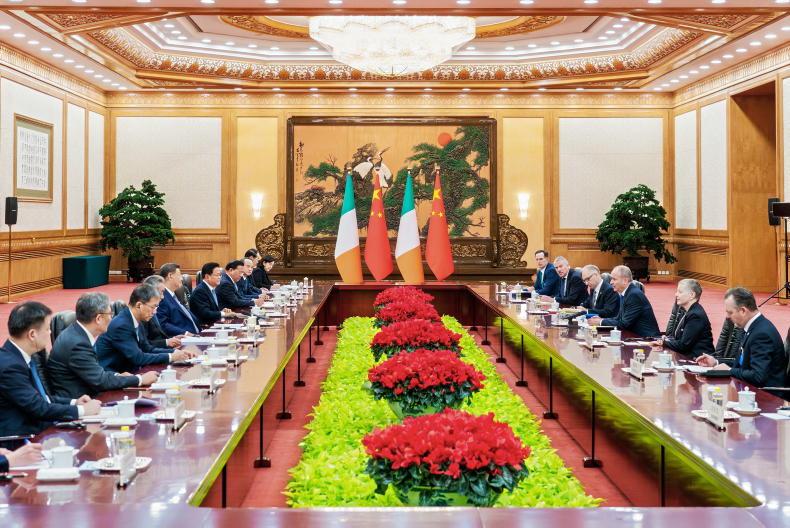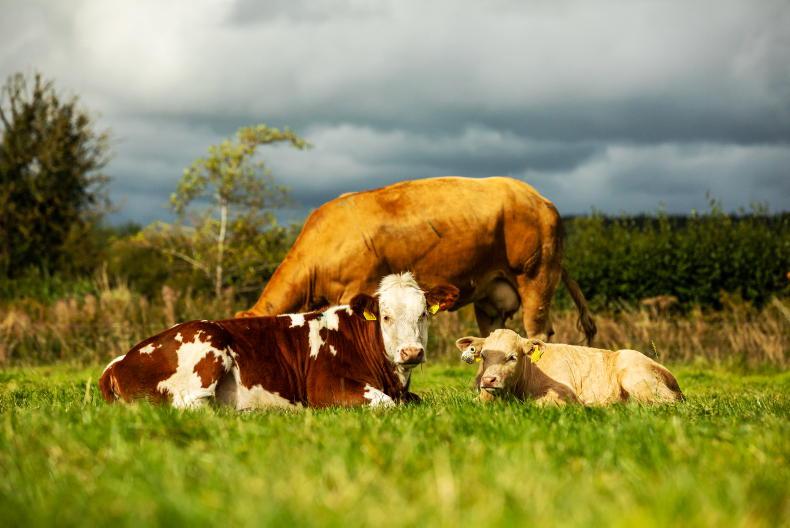Australia’s beef exports surged by 23% in the first four months of 2023 to 292,000t, the highest since the same period in 2020. Lamb exports also increased, though by a less spectacular 5% to 88,313t.
All of Australia’s main export destinations delivered significant growth between January and April though Japan, the largest market for Australian beef returned a modest 6% increase to 64,297t.
China is their next largest market where sales increased by 31% to 59,787t, followed by South Korea, up 30% to 56,985t and the US where sales increased by 37% to 50,498t. Indonesia moved to being a significant market, with the volume in 2023 so far almost double last year at 19,998t.
Despite a drop of 23% to 18,095t, the US remained Australia’s largest export market for lamb between January and April 2023, closely followed by China where the volume increased by 30% to 17,791t.
South Korea
South Korea shows a strong 50% growth so far this year at 8,215t, with exports to the United Arab Emirates also showing strong growth at 7,104t, up 32% on the same period in 2022.
The market Irish farmers will be watching closely for Australian exports is the UK, where the trade deal has come into effect. So far this year they have sent 2,290t of sheep meat to the UK – 10% down on the same period last year – and a miniscule 258t of beef, slightly less than in the same period last year.
Currently Australia has an annual 3,837t tariff free quota for sheep meat exports to the UK, this has now increased to 25,000t (pro rata for the rest of this year) rising to 30,556t in 2024. Beef increases from 4,669t to 35,000t pro rata.










SHARING OPTIONS